7 Tips for Power Tool Maintenance and Repair
Never Get Stuck Again: Insider Tricks to Fixing Power Tools
Power tools have become a must-have in every toolbox, but the key to making sure they last and function well is in maintaining them. Power tool maintenance and proper care will not only extend the life of your equipment, but also ensure they are always running at their optimal level. In this article, we will discuss the best practices for keeping your power tools in top shape.
Table of Contents
- 1. Why is Power Tool Maintenance Important?
- 2. How to Inspect and Sharpen Your Power Tools
- 3. Proper Lubrication for Your Power Tools
- 4. How to Store Your Power Tools
- 5. Power Tool Repair and Replacement Parts
- 6. Care and Maintenance for Tool Batteries
- 7. Best Practices for Keeping Your Power Tools Running Smoothly
- Recap
- Q: How often should I perform maintenance on my power tools?
- Q: How should I store my power tools to keep them in good condition?
- Q: What are some maintenance tips for cordless power tools?
- Q: How do I lubricate my power tools?
- Q: Can I replace parts of my power tools myself?
- Q: How do I inspect my power tools for wear and tear?
- Q: What are some hand tool maintenance tips?
- Q: Should I buy a power tool with an air compressor?
- Q: How can I make my power tools last longer?
- Q: What should I do if my power tools need replacement parts?
1. Why is Power Tool Maintenance Important?
Regular Maintenance for Long-lasting Tools
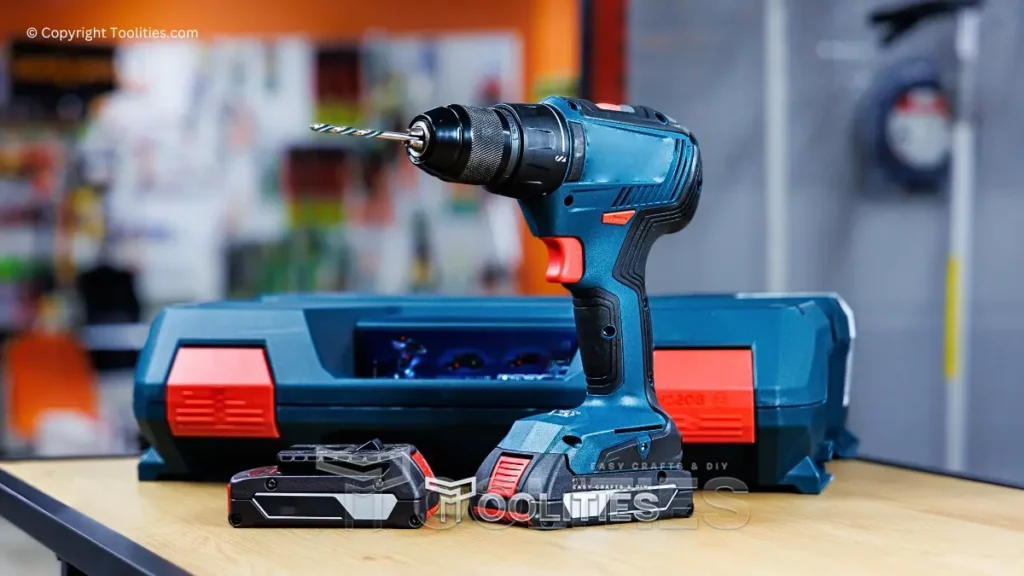
Power tools require routine maintenance just like any other tool. Regular maintenance not only keeps them running smoothly but also helps to extend their lifespan. It is advisable to inspect your tools regularly to ensure they are in good condition.
Reduces Repair and Replacement Costs
Proper care and maintenance also help to reduce repair and replacement costs. Using a faulty tool may lead to more severe damage or even an accident. By performing regular maintenance and addressing any issues immediately, you can avoid incurring additional costs.
Maintains Safety
One of the essential reasons for maintaining power tools is to improve safety. Tools that are poorly maintained can be dangerous and cause accidents. Regular inspection of your tools will help you spot any safety concerns or defects and address them promptly.
2. How to Inspect and Sharpen Your Power Tools
Check for Wear and Tear
Inspect your tools for any signs of wear and tear, including broken switches, frayed power cords, and bent blades. Replace any damaged parts immediately to avoid any accidents that may occur from using broken tools.
Inspect Power Cords and Connections
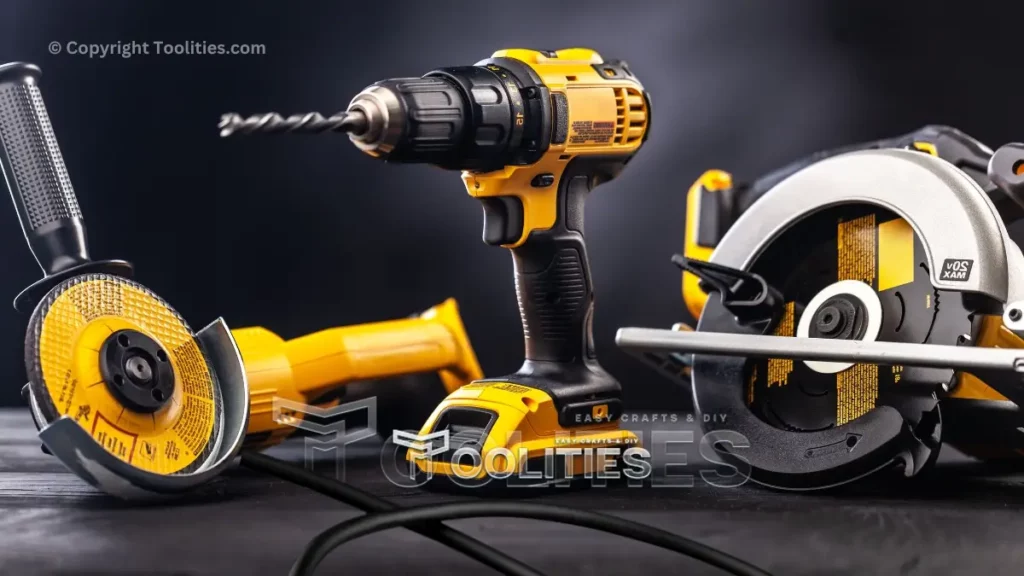
Check power cords and connections for any damage or fraying, and replace if necessary. Frayed cords can be a significant safety hazard, and using them can damage the tool.
Sharpen Blades Regularly
Dull blades can reduce the effectiveness of your tool and may be hazardous to use. Sharpening your blades regularly is essential to keep them in good working condition and extend their lifespan. Make sure to use the appropriate sharpening technique for the specific blade.
3. Proper Lubrication for Your Power Tools
Use the Right Lubricant
Proper lubrication is essential for the smooth operation of your power tools. It is important to use the correct lubricant for your tool. Check the owner's manual to ensure you are using the recommended lubricant.
How to Apply Lubricant for Maximum Effectiveness
The right application of lubricant ensures maximum effectiveness. It is important to apply the lubricant to every moving part of the tool to ensure efficient operation. Over-lubrication can also cause problems, so make sure to apply the correct amount.
Lubrication Schedule for Different Tools
Different tools may require different lubrication schedules. Check the owner's manual to determine the appropriate lubrication schedule for your specific tool.
By incorporating a well-planned lubrication routine into your tool maintenance, you become a proactive guardian of your equipment's health. With each lubrication session, you provide your tools with the care they deserve, ensuring they remain reliable partners in your projects for years to come.
So, next time you reach for your toolbox, take a moment to appreciate the intricacies of each tool and how a simple act of lubrication can make a world of difference in their performance and longevity. Remember, investing time in maintenance now can save you both time and money in the future, allowing you to enjoy the best possible results from your cherished tools. Happy tooling!
4. How to Store Your Power Tools
Proper Storage for Cordless Tools
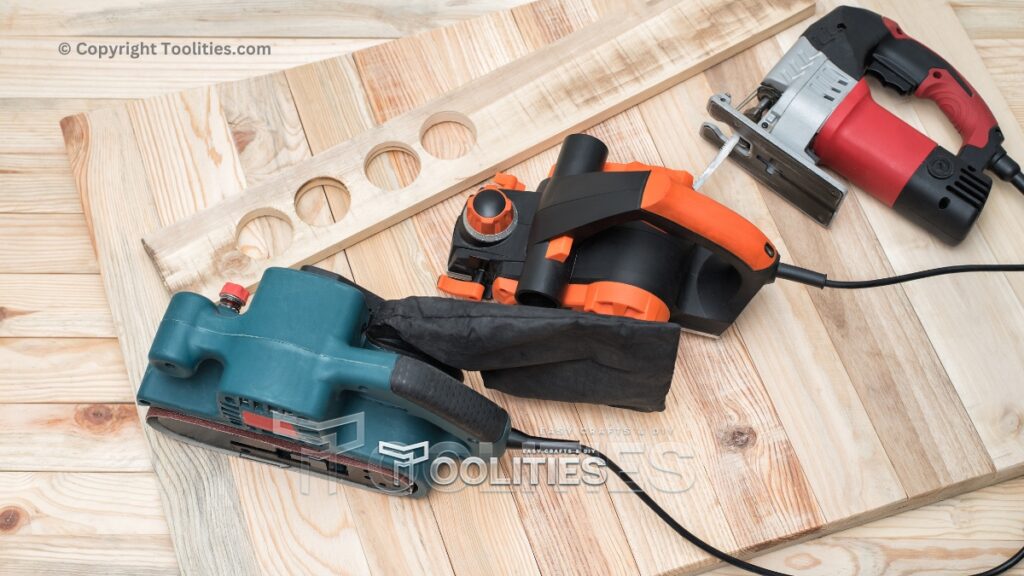
To maintain the lifespan of cordless tools, ensure they are stored fully charged and stored in a cool, dry place. Avoid exposing them to extreme heat or cold, as this can damage the battery.
How to Keep Tools Clean
Cleaning your tools regularly ensures that they remain in good working condition. Use a soft cloth to wipe off any dust or debris. For tougher grime, use compressed air to clean dirt and grime that may have accumulated on your tools.
Storage Options for Hand Tools
Hand tools require a different storage approach than power tools. They should be stored in a dry place to avoid corrosion. Consider using a tool rack or toolbox to keep them organized and in good condition.
5. Power Tool Repair and Replacement Parts
When to Repair or Replace a Power Tool
If a tool is beyond repair, it may need to be replaced. However, some tools may only need minor repairs. It is important to evaluate the cost of repair versus the cost of a new tool to determine the best course of action.
Where to Get Replacement Parts
You can get replacement parts from the manufacturer or a third-party vendor. However, it is essential to ensure you are buying high-quality, authentic parts to avoid any damage to the tool.
Tips for Tool Repair
When repairing your tool, ensure you have the right tools and equipment. Refer to the owner's manual for guidance on how to make repairs. If you are not confident in making repairs, it is best to seek professional help.
6. Care and Maintenance for Tool Batteries
How to Extend Battery Life
To extend the life of your tool battery, ensure it is charged frequently and stored correctly. Avoid overcharging or undercharging the battery, and ensure it is charging at the required rate.
Buying a Power Tool with Long-Lasting Batteries
If you are purchasing a new tool, consider buying one with long-lasting batteries. This will reduce the need for frequent charging or battery replacement.
Replacing and Disposing of Tool Batteries
If your tool battery is dead, replace it with a high-quality, authentic battery. If disposing of an old battery, do so appropriately by following local guidelines.
7. Best Practices for Keeping Your Power Tools Running Smoothly
Using Compressed Air to Clean Dirt and Grime
Using compressed air to clean dirt and grime from your tools is a great way to keep them running smoothly. Grime can bring your power tools to a halt if not properly cleaned, ultimately shortening their lifespan.
How to Ventilate the Tool Area
When using power tools, ensure proper ventilation in the area to avoid inhaling fumes or dust. Proper ventilation can help avoid corrosion, prevent overheating, and keep your tools running efficiently.
Wiping Down Tools with a Soft Cloth
After use, wipe down your tools with a soft cloth to remove any dust or debris. This will help keep them in good working condition and reduce the likelihood of damage.
Proper care and maintenance of your power tools is essential to the life of your tools and to your safety. By following the tips outlined in this article, you can extend your power tool's lifespan, reduce repair and replacement costs, and maintain safety when using your tools and equipment.
Recap
In conclusion, proper maintenance and repair of power tools can ensure their longevity and efficiency. By following the seven tips outlined in this article, you can save time and money by avoiding costly repairs or replacements.
Remember to regularly clean, lubricate, and inspect your tools, as well as store them properly. Don't forget to also replace any worn or damaged parts immediately. By taking care of your power tools, they will take care of you in return. So, make sure to incorporate these tips into your routine and enjoy the benefits of a well-maintained tool collection!
Q: How often should I perform maintenance on my power tools?
A: You should perform regular care and maintenance on your power tools as part of your power tool care routine. This will allow you to extend the lifespan of your power tools and avoid any sudden problems that may cause your tools to grind to a halt during important tasks.
Q: How should I store my power tools to keep them in good condition?
A: It is recommended that you store your tools in their original cases to keep them protected from dust and other debris. This will also help ensure that all of the parts of your tools are kept together and in good condition.
Q: What are some maintenance tips for cordless power tools?
A: According to power tool experts, you should check the battery of your cordless power tool frequently. You should also make sure to keep your tool clean, lubricate the moving parts, and inspect power tool parts regularly.
Q: How do I lubricate my power tools?
A: Lubricating your power tools involves applying oil or grease to the moving parts to reduce friction and extend their lifespan. Make sure to only use lubricants recommended by the manufacturer and avoid over-lubricating the tool.
Q: Can I replace parts of my power tools myself?
A: Yes, you can replace certain parts of your power tools yourself. However, you should always consult the manufacturer's instructions and safety guidelines before attempting any repairs.
Q: How do I inspect my power tools for wear and tear?
A: You can inspect your power tools by checking for loose or missing parts, worn-out cords, and small crevices on your tools where debris can accumulate. You can use swabs or other slender tools to clean out these crevices and prevent any damage from occurring.
Q: What are some hand tool maintenance tips?
A: Hand tools need routine maintenance just like power tools. You should clean them regularly, inspect them for damage and wear, and replace any damaged or worn-out tool parts.
Q: Should I buy a power tool with an air compressor?
A: If you plan on using your power tool heavily and in a variety of settings, a power tool with an air compressor may be a good investment. This will allow you to power your tools without the need for a cord and can improve the performance of your power tools.
Q: How can I make my power tools last longer?
A: You can make your power tools last longer by performing regular maintenance, keeping your tools clean, lubricating the moving parts, and storing your tools properly. You should also avoid overworking your tools and make sure to inspect power tool parts frequently for any signs of wear and tear.
Q: What should I do if my power tools need replacement parts?
A: If your power tools need replacement parts, you can order them directly from the manufacturer or from a third-party retailer. Make sure to purchase high-quality replacement parts to ensure the continued performance of your power tools.

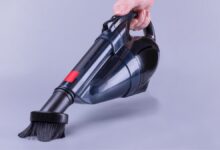
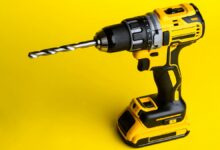
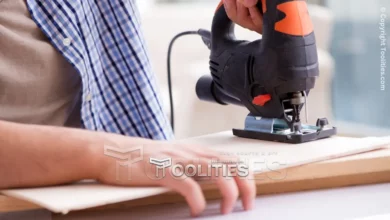
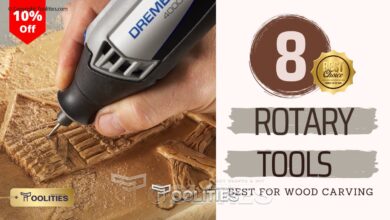
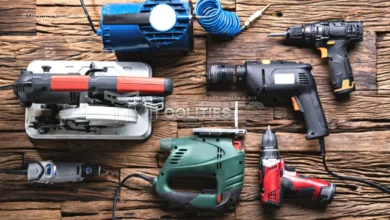
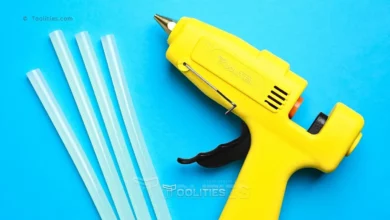
🔧 Power up your knowledge with 7 Essential Power Tool Maintenance Tips!
💡 Keep your tools in top shape and save time, money, and frustration. Check out the article at TooliTies: https://app.seospect.com/OLOGS
💪 Don’t miss out on these pro tips! 🛠️
#toolities #powerTools #DIY #maintenance #tools #crafts #homeimprovement #woodworking